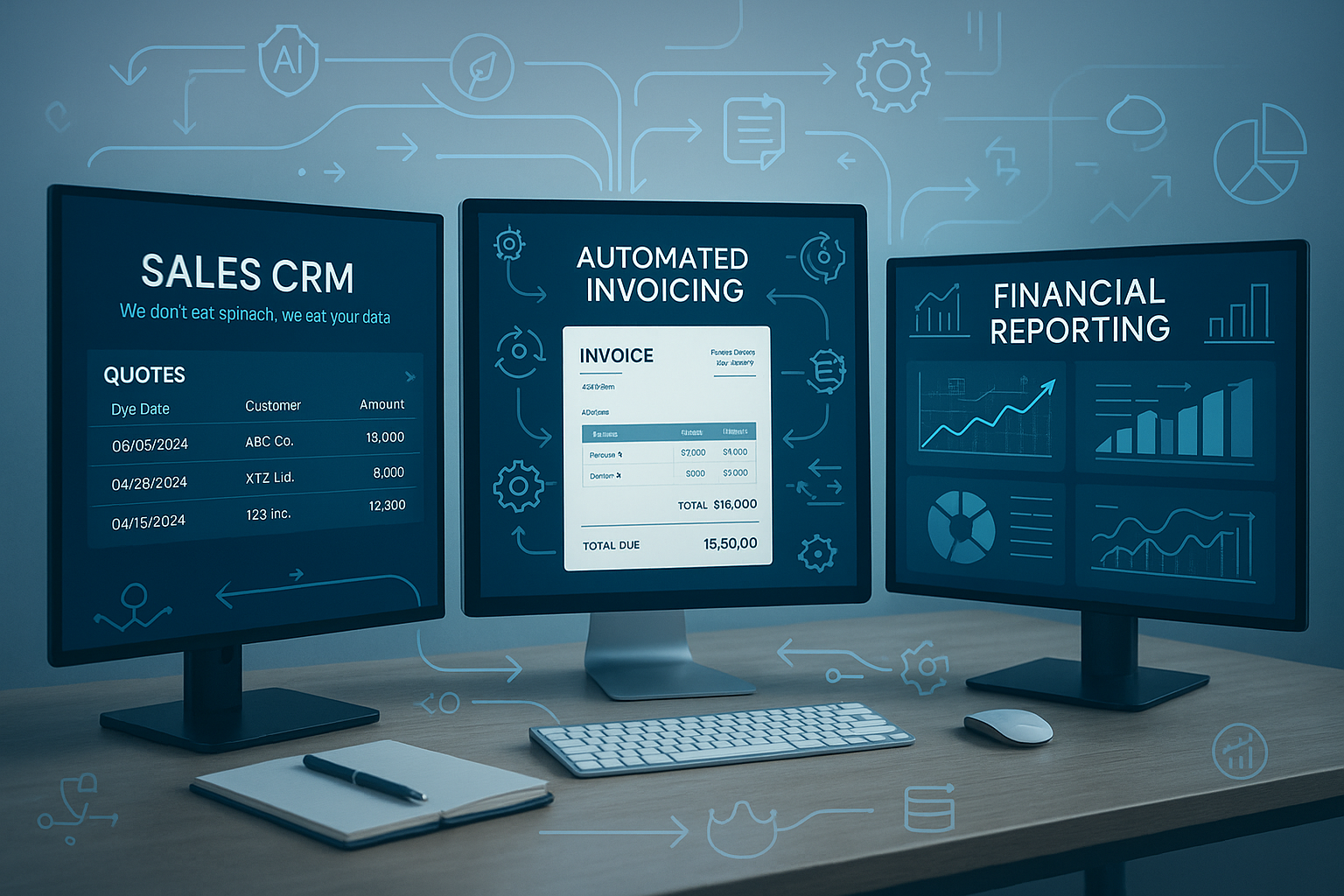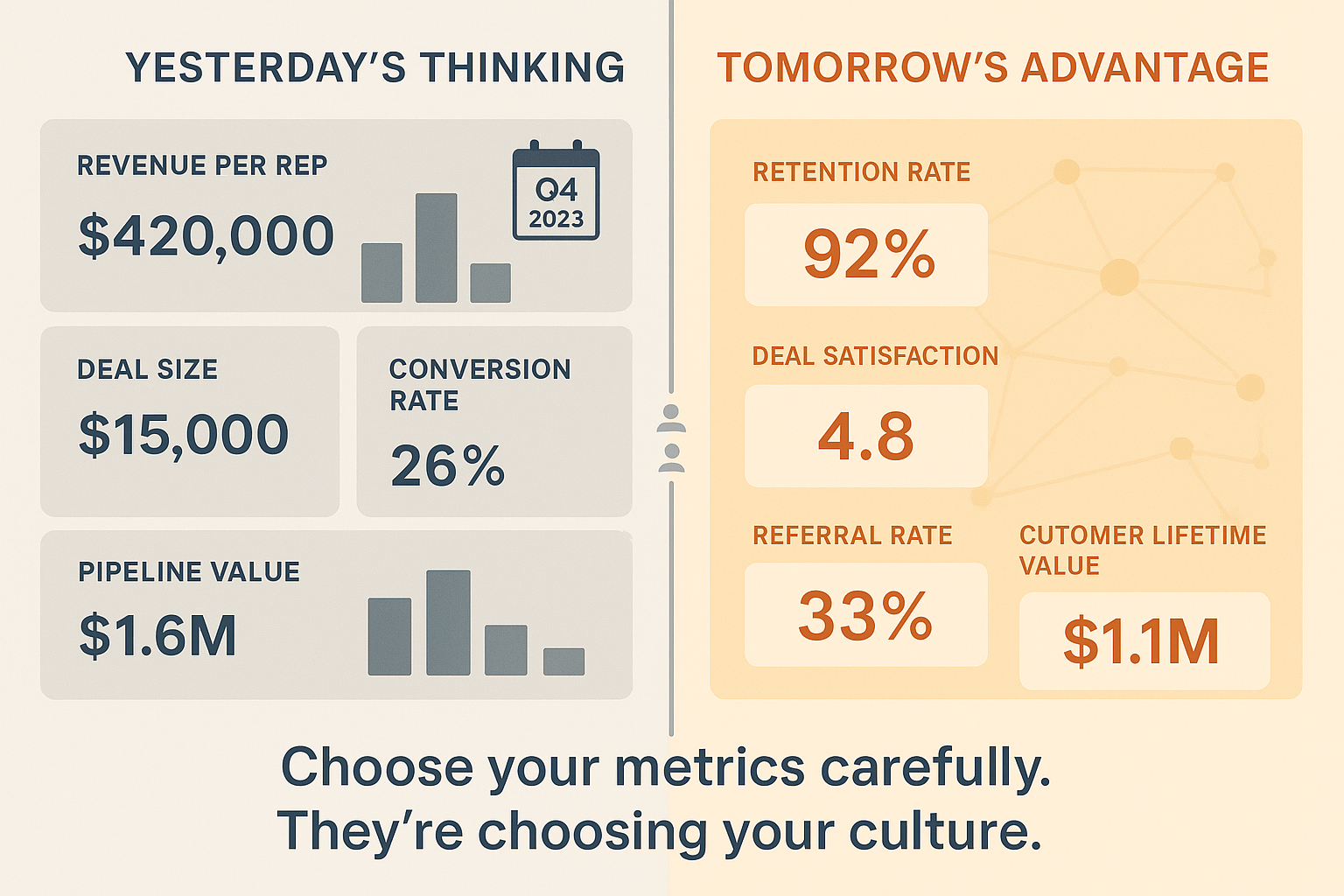Creating a Marketing Funnel That Converts: A 2025 Guide
In today's digital landscape, crafting a marketing funnel that effectively converts prospects into loyal customers is more crucial than ever. Let's dive into the key strategies and best practices for building a high-performing marketing funnel in 2025.
Understanding the Funnel Stages
A successful marketing funnel typically consists of four main stages:
- Awareness (TOFU - Top of Funnel)
- Consideration (MOFU - Middle of Funnel)
- Decision (BOFU - Bottom of Funnel)
- Loyalty (Post-purchase)
Mapping Your Conversion Paths
To craft a high-converting funnel, begin by charting your key conversion pathways. Identify your ultimate objective and work in reverse to uncover the most frequent customer journeys. Leverage CRM analytics platforms like Hubspot to visualize these routes and gain insights into user behavior patterns.
By mapping out these paths, you can identify potential bottlenecks, drop-off points, and opportunities for improvement throughout your funnel. This data-driven approach enables you to refine your marketing strategies and create a more streamlined, effective conversion process.
Optimizing Each Funnel Stage
Top of Funnel (TOFU)
At this stage, focus on creating awareness and attracting a broad audience. Implement the following tactics:
Search Engine Optimization (SEO)
- Social media marketing
- Content marketing
- Natural advertising
Middle of Funnel (MOFU)
In the consideration stage, nurture leads and build trust. Strategies like:
- Email marketing campaigns
- Webinars and educational content
- eBooks and how-to guides
- Case studies and testimonials
Bottom of Funnel (BOFU)
At the decision stage, focus on converting leads into customers. Utilize:
- Retargeting campaigns
- Free trials or demos
- Personalized offers
- Clear and compelling calls-to-action (CTAs)
Implementing Data-Driven Optimization
To ensure your funnel performs optimally, leverage data and analytics:
- Set clear goals for each funnel stage
- Use tools like Hubspot to track progress
- Implement A/B testing for landing pages, emails, and CTAs
- Analyze user behavior using heatmaps and funnel analysis tools
Enhancing User Experience
A seamless user experience is crucial for funnel optimization. Consider these factors:
- Mobile responsiveness
- Intuitive navigation
- Personalized content delivery
Harness Marketing Automation
Implement marketing automation to streamline processes and deliver personalized content based on user behavior. This helps maintain consistent communication and guides prospects through the funnel efficiently.
Incorporating Social Proof
Build trust and credibility by showcasing customer reviews, testimonials, and case studies throughout your funnel. This can help alleviate doubts and encourage prospects to move forward in their journey.
Consistency and Improvement
Creating a high-converting marketing funnel is a constant process. Regularly analyze your results, identify areas for improvement, and make data-driven adjustments to OPTIMIZE performance.
By following these strategies and constantly refining your approach, you can create a marketing funnel that effectively converts prospects into loyal customers in 2025 and beyond!



